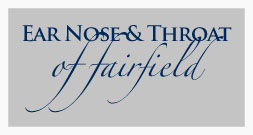Nasal surgery (rhinoplasty, nose job)
Aesthetic nasal surgery (rhinoplasty) refines the shape of the nose, bringing it into balance with other facial features. Before surgery, it is very important that the patient have a clear, realistic understanding of what surgery can accomplish and the risks of the procedure. We are trained in both ear, nose, throat, and facial plastic surgery, which provide the highest level of training and expertise in rhinoplasty surgery both internally and externally.
At your consultation, we will describe the technique we use, the type of anesthesia, any additional surgery, possible complications, and costs of the procedure. Nasal obstruction caused by a deviated nasal septum and enlarged inferior turbinates can also be addressed during a rhinoplasty. One procedure commonly performed during a rhinoplasty is chin augmentation (mentoplasty) which is an implant used to harmonize the facial profile.
The procedure to reshape the nose can be performed by two basic approaches; endonasal and external. The endonasal approach does not require external incisions; the entire procedure is performed inside the nose. The external approach uses an incision on the undersurface of the nose to lift the skin exposing the nasal cartilages and bone. In both approaches, bone and cartilage are removed or rearranged to alter the nasal shape. A nasal splint is placed on the outside of the nose to help retain the new shape during healing and is removed seven days after surgery. If nasal packing is placed inside the nose, it will normally be removed the morning after surgery.
